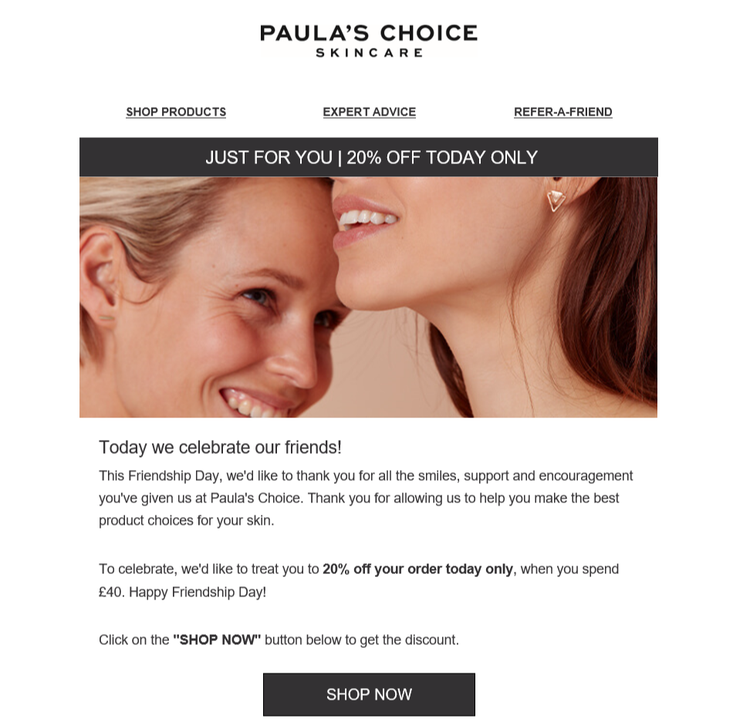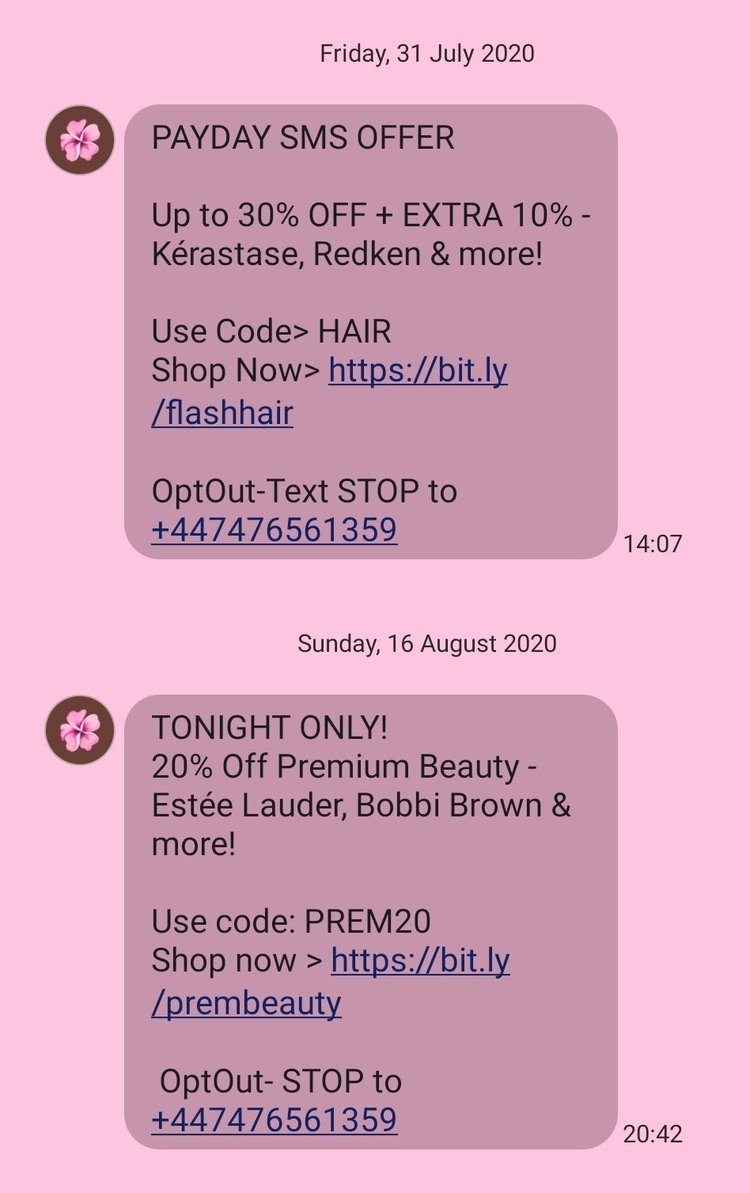Are you confused about the difference between email marketing and marketing automation? It's not surprising because there's a lot of conflicting information out there.
Some people define email marketing as the ability to send content and track the success of your email campaigns. Some industry experts have even coined the term “email marketing automation” as a kind of halfway house between the two concepts.
You can also choose software that combines email marketing and marketing automation functionality, while some solutions provide full email marketing capabilities with a bit of marketing automation thrown in. Yep, we’re not surprised you’re confused.
There is overlap, but this email marketing vs. marketing automation comparison aims to demystify the topic.
The 5 key differences between email marketing and marketing automation:
- Complexity
- Sales cycle
- B2B vs B2C
- Assets
- Behavior tracking
1. Complexity
If you’re a small business with a limited marketing budget and resources, it’s unlikely you’ll want to create complex marketing campaigns. And you don’t have to.
As long as you understand your customers, create personalized content to match your customer profiles, and track your efforts, you can run highly-effective email marketing campaigns.
Marketing automation campaigns are much more complex than email marketing campaigns, as they encompass a multitude of channels and techniques. To succeed, you have to manage all the moving parts at once.
Marketing automation can drive better results, but it’s only worth it if you have the time, skill, and money to dedicate to getting it right.
If you’re just starting out, you probably have a small marketing team. If they are unable to track customer behavior across all channels and get the insights from this behavior to optimize campaigns, you should stick to email marketing.
It’s better to create personalized campaigns that give customers the information they need while being helpful and interesting, then to try to do too much at once.
2. Sales cycle
The way you market toothbrushes differs drastically from the way you market TVs. While a toothbrush is often an impulse purchase, and you will buy many over your lifetime, it takes considerably longer to decide to buy a TV. The sales cycle for different products varies and each requires a different approach.
If you’re selling high-ticket items like a TV, then you need to spend more time nurturing customers down the buyer funnel.
Marketing automation is better suited to such longer sales cycles where customers will interact with your business over multiple touchpoints. Customers need more information and more time to think about it.
Email marketing is ideal for quick, easy decisions, and lower value products as customers can get all the information they need from a quick email. They can also pick up your emails while standing in line at the grocery store and decide to buy your product on the spot.
Take this email from skincare brand Paula’s Choice. It contains a 20% off code for one day only, as customers often make impulse buying decisions in this industry. That’s why email marketing works for lower value items.
This would only work for higher-value items if you’d already interacted with the customer across multiple channels and established some sort of relationship.

Skincare brand Paula’s Choice sends discount codes via email to encourage customers to make impulse purchases. Image source: Author
3. B2B vs B2C capabilities
Marketing automation not only suits the longer sales cycles you typically see in B2B companies, it also works better for businesses that have dedicated sales teams.
As a marketer working for a B2C company, you are often the one selling to customers. You interact with leads in a limited way, such as emails. You encourage them to purchase your product by directing them to your website or store to complete the sale.
While you might have some interactions with the customer, often you won’t be directly involved with making the sale. Email marketing is an easy way to get the information in front of the customer in a way that facilitates a purchase.
These days, you aren’t limited to newsletters and transactional emails. Instead, modern email marketing systems help you create all kinds of different email content, such as:
- Customer reviews
- Cart abandonment emails
- Flash sale messages
- Loyalty offers
B2B companies have sales teams which are often dealing with multiple points of contact. B2B salespeople will normally interact with prospects many times throughout the sales cycle before the lead either goes cold or they close the sale.
It’s a lot to keep track of, which is why they need a marketing automation system.
4. Assets
When you’re creating and managing email campaigns, you only have to worry about the content that goes into each email -- whether that be how to write a marketing email, graphical considerations, or other interactive elements -- as well as a signup page to help build your list.
With marketing automation, you have to create and manage landing pages, social media posts and images, and even ad campaigns and assets. It requires a lot more time, as well as super-savvy content, graphic design, and technical skills.
Marketing automation lets you interact with customers in more ways and more places, but you need the time to make sure each asset reflects your brand image, is error-free, and works perfectly from a technical standpoint.
5. Behavior tracking
Email marketing tracks how your email campaigns are performing. It provides insight into what makes a campaign successful and what you need to do to improve underperforming campaigns.
And while you can personalize content according to information such as the type of email a recipient opens, you have no idea what other points of contact they may have with your company.
But a customer’s journey to buying a product rarely involves only one channel, and it isn’t linear. Marketing automation systems help you track customer behavior across multiple channels and design targeted campaigns that draw on this insight, such as which channels customers prefer.
These include your website, social media channels, in-store systems such as iPads, and any ads you are running.
E-commerce marketplace Lookfantastic sends customers notifications in the channels they most use based on their past interactions and behavior which, in this case, is SMS.

Lookfantastic sends marketing communication to a customer’s preferred channel. Image source: Author
You can also use marketing automation tools to automatically trigger emails or other marketing messages based on certain behavior. For example, if a customer has just bought an item, you can send out an SMS with a customer survey.
Pick the tool that suits your business
Email marketing and marketing automation systems come in all shapes and sizes, from a simple email blast tool to a fully-fledged marketing automation platform that can help your company manage multimillion-dollar marketing campaigns.
You can focus on email marketing exclusively, using a tool that helps you create automated email campaigns. Or you can use your email marketing solution in conjunction with other marketing software, such as an ad management platform and a social media marketing tool.
You might also choose an email customer relationship management solution that helps you get to know your customers. Alternatively, you can select a system that does it all.
When deciding, you need to consider the unique needs of your business. Here are some questions to consider when selecting a solution:
- What's my budget?
- How much time can I spend on creating marketing campaigns?
- What are my marketing goals?
- What experience does my marketing team have with marketing automation and email marketing systems?
- What length are my company’s sales cycles?
- What channels do I want to use to market to my customers?
- What must-have features do I need from this system?
Once you’ve thought about the answers to these questions, then you can begin your search for a solution. Check out our independent and thorough reviews of marketing automation and email marketing solutions to help you narrow down your options.
Our Small Business Expert
We're firm believers in the Golden Rule, which is why editorial opinions are ours alone and have not been previously reviewed, approved, or endorsed by included advertisers. The Ascent does not cover all offers on the market. Editorial content from The Ascent is separate from The Motley Fool editorial content and is created by a different analyst team.